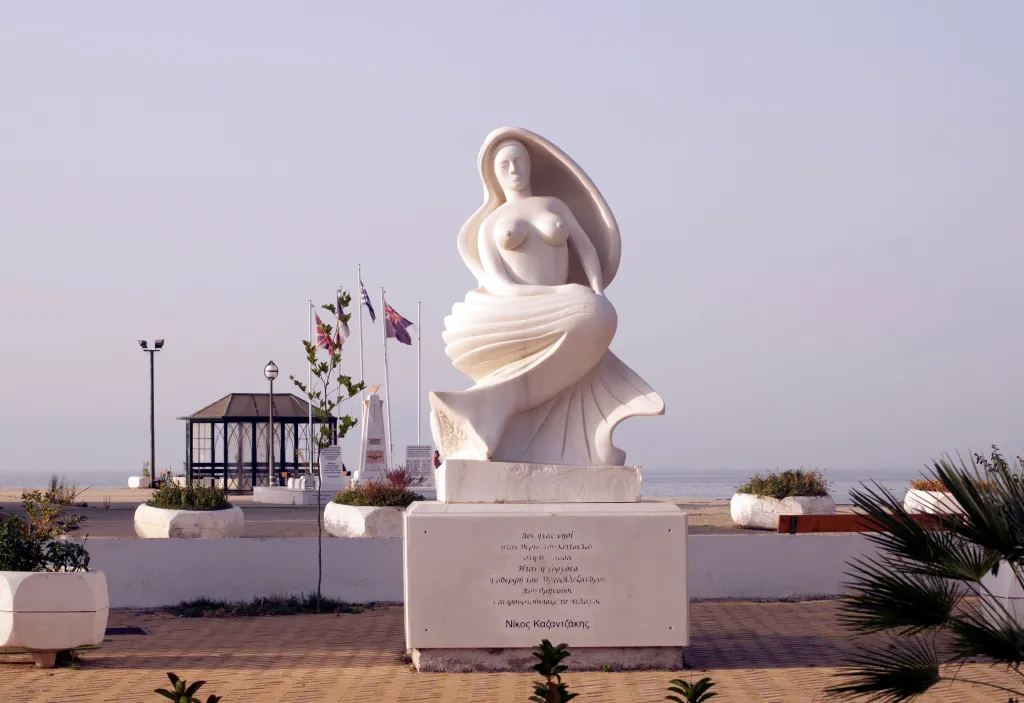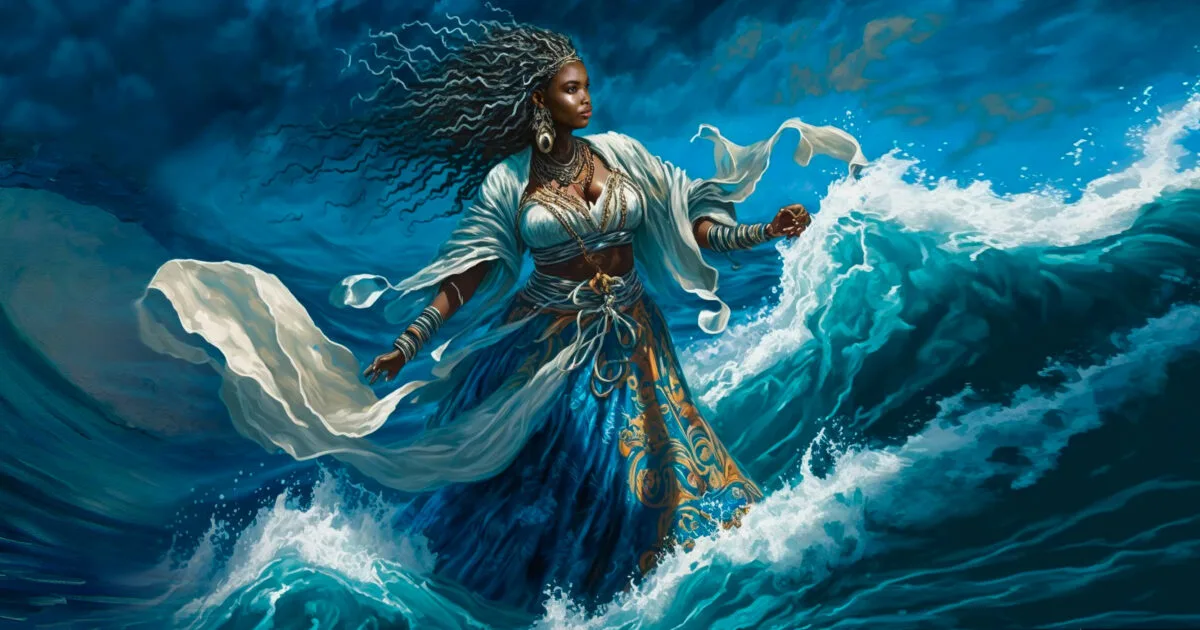Are you interested in unveiling the mysteries of the underworld? Do you want to know who is a water goddess and the types of water goddesses? Keep reading to know who is a water goddess and more about this deity.
Water deities have been revered and worshipped throughout history for their association with the life-giving and transformative powers of water.
In addition, in various cultures around the world, the concept of a water goddess has held significant spiritual and mythological importance.
This article aims to explore the captivating realm of water goddesses, their cultural significance, and the diverse forms they take in different mythologies.
Who is a Water Goddess?
A Water goddess is a water deity that is often associated with bodies of water such as rivers, lakes, and oceans.
She is a water deity that has strong dominion over all the water and aquatic realms and she has the profound impact they have on human existence.
Throughout history, the archetype of the water goddess has manifested in various mythologies, each with its unique characteristics and stories.
Also, these deities often embody the dual nature of water both nurturing and destructive.
Some Prominent Water Goddesses from Different Cultures
Here is a list of some prominent water goddesses from different cultures:
1. The Enigmatic Oshun
In Yoruba mythology, Oshun reigns as the goddess of love, fertility, and rivers. Furthermore, Oshun is known for her sensuality, beauty, and healing abilities in the Western part of Africa.
Also, Oshun is often depicted as a woman adorned in gold, representing the wealth and prosperity that water brings. Oshun devotees mostly seek her guidance for matters of love, childbirth, and abundance.
2. Sedna
Sedna, the water goddess in Inuit mythology, is revered as the guardian of the sea and all marine creatures. Interestingly, Sedna holds the power to control the availability of food, making her a central figure in the sustenance of Inuit communities.
Also, Sedna is depicted with long, flowing hair and a fish-like tail, symbolizing her intimate connection with the ocean.
3. The Mysterious Mazu
Mazu, a revered deity in Chinese folklore, is widely known as the protector of seafarers and fishermen. Considered a benevolent figure, Mazu guides sailors through treacherous waters and offers comfort during storms.
Interestingly, her image often depicts a graceful woman wearing a flowing robe and holding a rosary, symbolizing her compassion and wisdom.
Related Searches:



